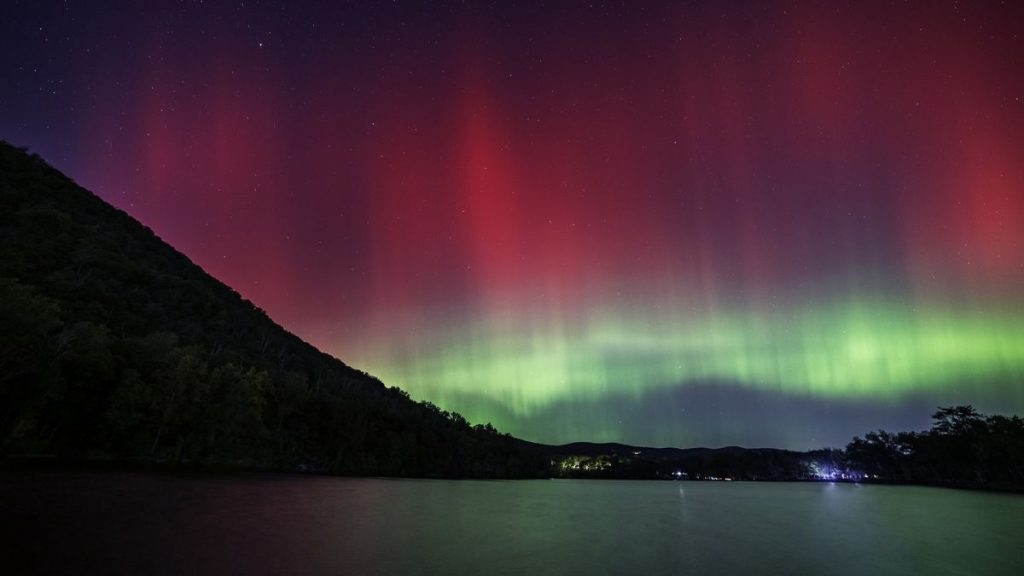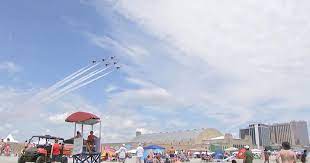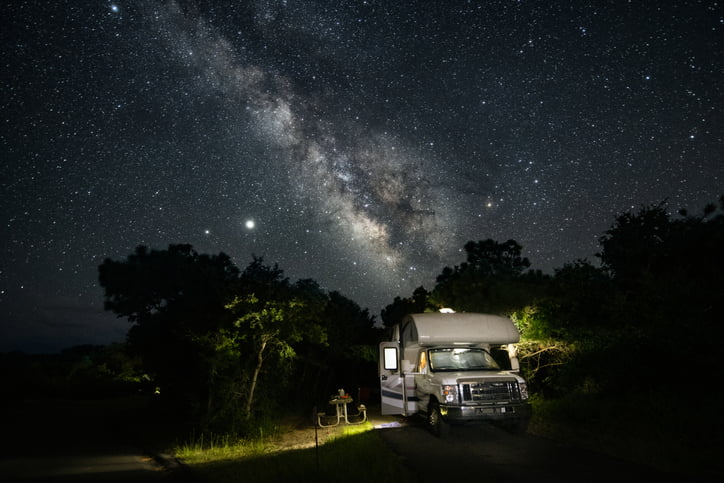Get ready for an unforgettable experience, because on March 25, the night sky could put on a stunning light show! A G2 solar storm is headed our way, and it’s bringing the chance to see the Northern Lights—right here in the U.S. If you’ve always wanted to catch a glimpse of the aurora borealis but haven’t been able to get to places like Alaska or Canada, now might be your chance. This is one of those rare moments when the sky might light up across parts of New York, Idaho, and other northern states.
What’s Happening?
So, what’s going on? This is all due to a G2 solar storm, which happens when charged particles from the sun (called solar winds) collide with Earth’s magnetic field. When that happens, the particles interact with Earth’s atmosphere and create the beautiful, colorful auroras we know and love. Normally, you’d need to be way up north to see this kind of display, but thanks to the strength of this solar storm, the Northern Lights could be visible much farther south than usual.
If you’re in New York, Idaho, or places like Maine or Montana, you might just get an unexpected and breathtaking light show. And if you’re further south, don’t give up hope—you could still see some of the action, just maybe not as vividly.
Where Will You See the Lights?
You might be lucky enough to see the auroras in places that don’t normally get to experience them. The best spots will be in northern U.S. states—especially areas like New York, Idaho, Maine, Montana, and Minnesota. But, here’s the fun part: if you live even a little further south, there’s still a chance you could get a glimpse of the lights, especially if you’re in a dark location away from city lights.
The farther south you are, the less likely the aurora is to be as bright or as visible, but if the storm is strong enough, you might still catch a faint show.
When to Look Up
To make sure you don’t miss the best of it, plan to head outside around 9 PM local time on March 25. The lights could appear a little later, so it’s a good idea to stay outside for a couple of hours. The aurora often builds up over time, so it could start slow, but don’t give up too quickly! If you’re in a good spot, it could get pretty spectacular.
The solar storm will start to fade by morning, so your best chance to see the show is that night. Make sure to bundle up, too—temps often drop once the sun sets, and you’ll want to be comfortable if you’re out for a while.
What Does This Mean for Technology?
A G2 solar storm isn’t the strongest one out there, but it can still cause some minor hiccups with technology. Here’s what you might notice:
-
Satellites: Some satellites may experience brief disruptions, affecting things like GPS and communications. For most people, this won’t be a big deal, but it’s good to know if you rely on those things.
-
Radio Signals: If you’re into amateur radio or use certain radio frequencies, you might hear some interference.
-
Power Grids: It’s unlikely that this storm will cause power outages, but some power systems will be closely monitored just in case.
The good news? The biggest impact will be the aurora itself!
How to Make the Most of the Show
1. Get to a Dark Spot
If you want the best view, you’ll want to be somewhere dark. City lights can really mess with your chances of seeing the aurora clearly. So if you can, get out of town and find a park, rural area, or hill that’s away from light pollution. The darker your surroundings, the better the show.
2. Bundle Up!
It’s going to be chilly once the sun goes down, so make sure you dress warmly. Throw on your jacket, gloves, and maybe even bring a blanket if you plan to hang out for a while. The more comfortable you are, the better your chances of really enjoying the show.
3. Be Patient
Auroras are unpredictable—they don’t always happen right away. Sometimes they take time to really build up, so don’t get discouraged if the lights don’t appear immediately. Stick around, because the best parts of the show often happen after a bit of waiting.
4. Stay Informed
Check out space weather updates as March 25 approaches. These updates will tell you when the storm is ramping up and when the best chances for viewing the aurora will be in your area. It’ll help you get the most out of this incredible natural phenomenon!
Quick Recap
-
On March 25, a G2 solar storm will bring the Northern Lights to parts of the U.S., including New York, Idaho, and other northern states.
-
The best time to see the aurora will be after 9 PM local time.
-
While the storm might cause minor satellite and radio disruptions, the Northern Lights will be the real star of the show.
-
To get the best view, head to a dark spot, bundle up, and be patient.
This is a rare and exciting opportunity to witness one of nature’s most awe-inspiring displays. Whether you’re a seasoned aurora chaser or just someone curious to see what all the fuss is about, don’t miss your chance to see the Northern Lights light up the sky right here in the U.S. It’s not something you see every day!



